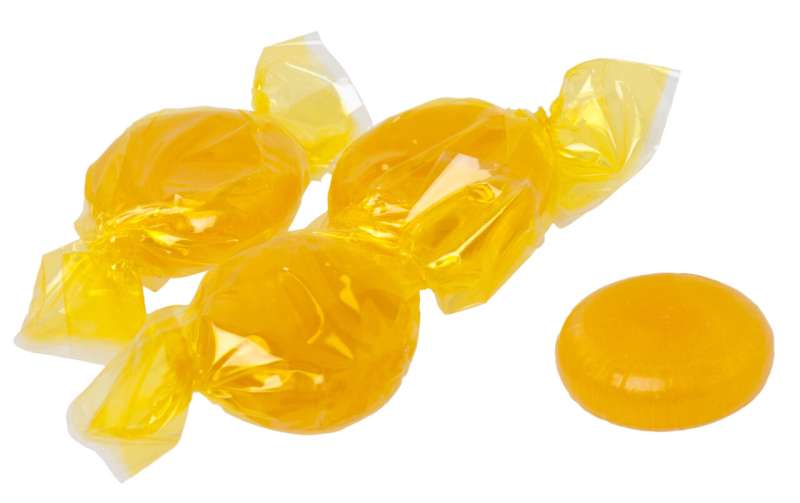
Calling all candy lovers!
Ohio State University researchers are seeking volunteers to help with a “sweet” new study.
Researchers are looking for about 3,000 participants to smell and consume a piece of hard candy every day for 90 days to screen for symptoms of COVID-19.
Participants will log into an app to report which flavor they tasted, as well as the intensity of the taste. If the person reports a drop in either sense, they’ll receive a message that they should quarantine and get a COVID-19 test.
According to an Ohio State news release, the study was created to help detect probable positive cases in otherwise asymptomatic people.
Christopher Simons, project co-leader and an associate professor of food science and technology, said people ages eight and older can participate. Other qualifications include not having a positive COVID diagnosis in the past 3 months, no smell loss unrelated to COVID-19, and they must have internet and smartphone access.
“Candy is a really great vehicle because one, it’s cheap to make,” Simons said.
“It’s easy to send out, and it really does the job of monitoring somebody’s smell and taste.”
Simons said he and the two other people on his team have recruited about 500 Ohio State students, staff and faculty members, and are now opening the study to the community.
According to the release, Simons lost his own sense of smell when he and his family tested positive for COVID-19 in March 2020 after a trip to Spain. He didn’t realize he had lost his smell until he couldn’t taste a drink he had when he came back to Columbus.
The link between candy and COVID-19
In January, the Ohio State research team received a $305,000 grant from the National Institutes of Health to develop simple strategies that can help identify people who are potentially infected with the virus, Simons said.
The team also includes taste biologist Susan Travers, a professor of biosciences in the College of Dentistry; and Kai Zhao, an associate professor of otolaryngology in the College of Medicine who specializes in olfaction, or the sense of smell.
Simons said the three researchers conducted the first part of the study in April, when they tested participants with and without COVID using candy and other methods such as a scratch-and-sniff card for smell and/or a one-time evaluation of the medication quinine for taste.
“We were just kicking around ideas of how we might be able to develop a task and candy just seemed to really check all the boxes,” Simons said.
“People are willing to do it multiple times over the course of three months.”
Using candy will activate both the orthonasal (through the nose) and retronasal (through the back of the throat) sense of smell pathways that allow people to know what they are tasting. Those two pathways give a more nuanced sense of what people are actually consuming than the taste buds on someone’s tongue.
Eight flavors of hard candies were manufactured by Butterfields, a North Carolina-based hard candy manufacturing company that has been in business since 1924. Simons said the candy pieces do not have any colors on them so they look the same.
He did not want to say which flavors are part of the study, but said they are similar to what one would taste if they bought a bag of multi-flavored Jolly Ranchers, which are made by Pennsylvania-based Hershey’s, a multinational chocolate and candy company.
Simons said in addition to identifying the flavor and rating its intensity, participants also rate the intensity of the candy’s sweetness and sourness on the mobile app, MyCap.
“If we’re able to still measure this sensory loss associated even with these breakthrough cases, we can help people identify a positive COVID status and then they can stay at home for a period of time and help restrict the virus from spreading,” he said.
“Ideally, for people who are unvaccinated, this is a really great way of at least monitoring potential exposure and COVID status. But even for those people that have received a vaccination…it’s certainly a strong indicator of positive COVID status.”
Micah Walker

